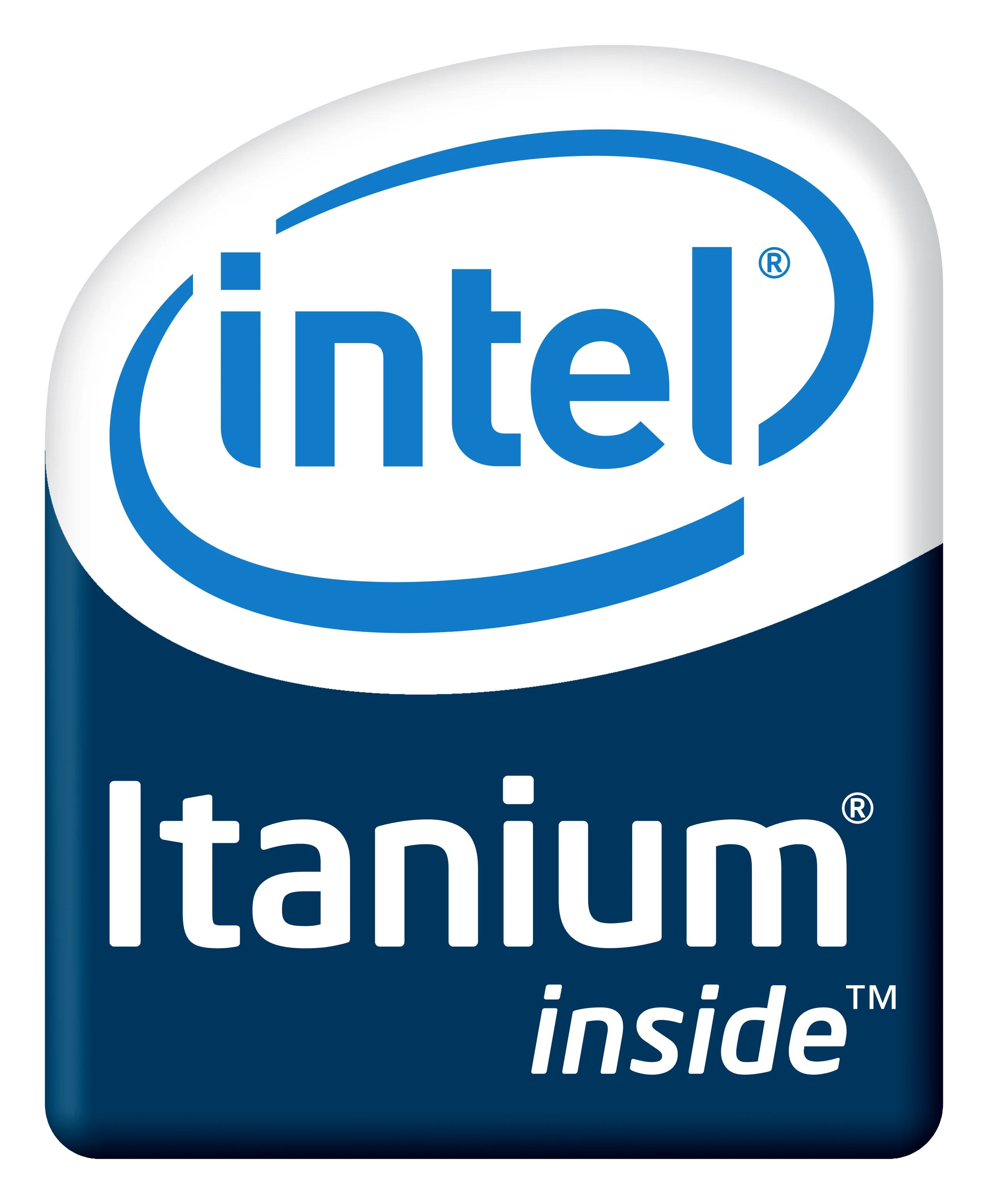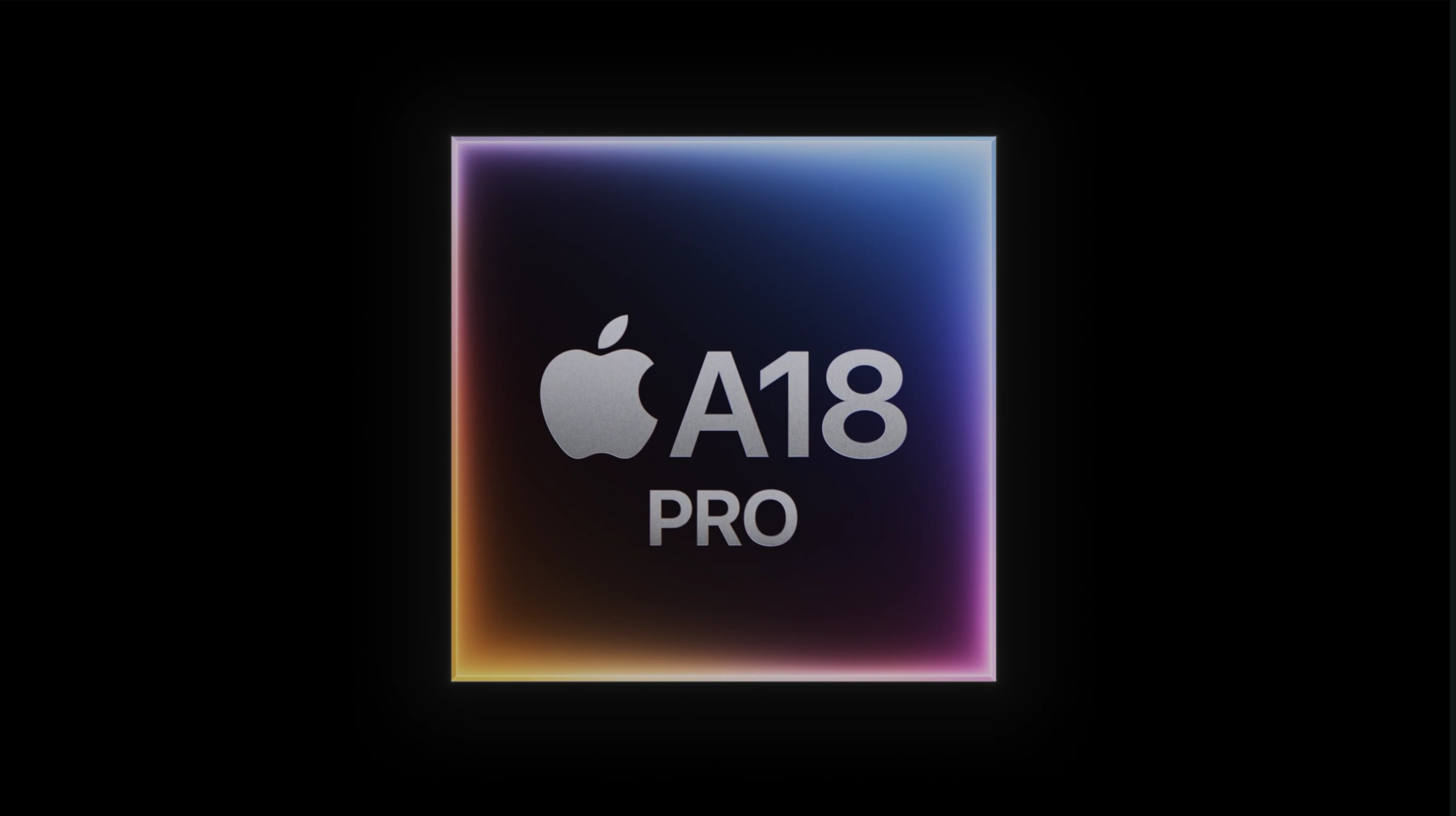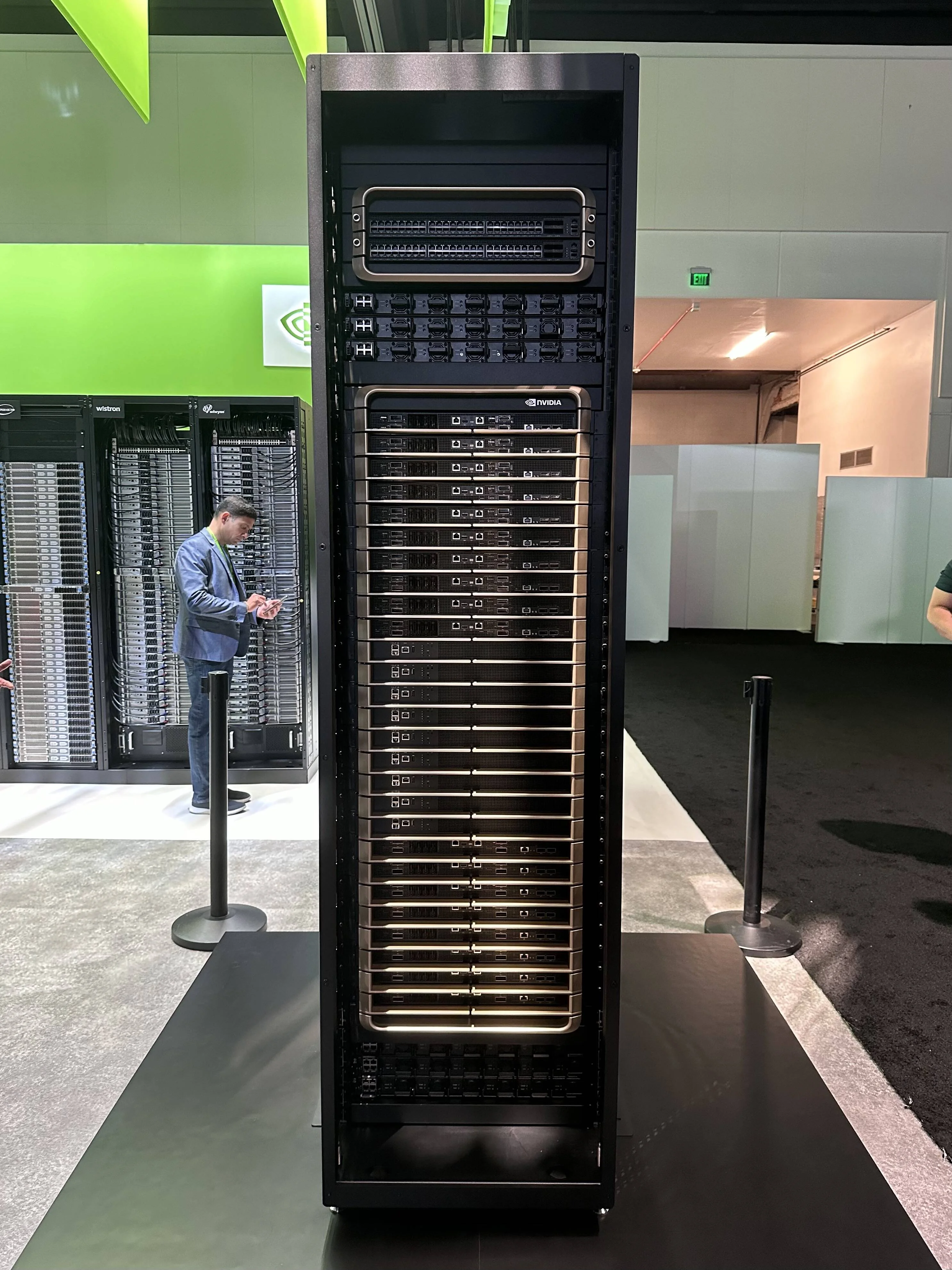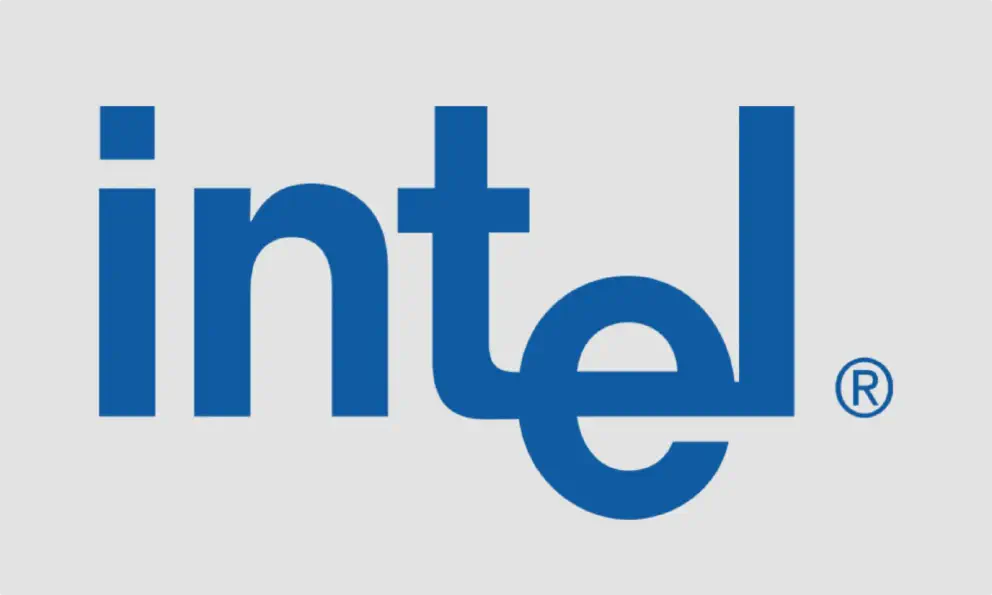As we navigate through the fast-evolving landscape of technology, the question arises: is Intel still relevant in the future? Once a titan of the semiconductor industry that shaped the computing age, Intel now faces challenges that could redefine its role in the tech ecosystem over the next decade.
The Current Landscape
Intel has long been a fundamental player in the computing world, often referred to as the company that stood at the forefront of the digital revolution. However, its current standing raises eyebrows. From a market cap of $292 billion in 2020, Intel has seen a significant decline to around $85 billion today. While still formidable, this drop puts them in stark contrast to competitors like AMD, ARM, and Nvidia, which are now leading the charge in innovation and market capitalization. What went wrong for Intel, and can it reclaim its position?
The Crisis: A Series of Missteps
Intel’s decline did not happen overnight but stems from a series of critical missteps:

- The 64-bit Transition: In an ambitious move, Intel heavily invested in the Itanium architecture, which was intended to succeed the x86 architecture. However, this focus allowed AMD to seize the moment and introduce the x86-64 extension, forcing Intel to adapt rather than lead in the 64-bit era.

- The Mobile Revolution: Intel’s overconfidence in its dominance in PCs led to a significant oversight in the burgeoning smartphone market. When Apple sought a chip for its iPhone, Intel declined, underestimating the potential of mobile computing. This decision not only cost Intel a major client but allowed Apple to develop its own chips that now rival Intel’s offerings.

- The AI Era: While Intel excelled in creating general-purpose chips, its struggle in the graphics domain hindered its growth in increasingly important sectors like AI. In 2005, Intel had an opportunity to acquire Nvidia for $20 billion, a chance that could have allowed it to integrate graphics and processing capabilities. Now, Nvidia’s specialized AI chips have propelled its market value to nearly 50 times that of Intel, underscoring the cost of missed opportunities.
Can Intel Recover?
Looking forward, can Intel regain its footing in the semiconductor industry?
Chasing Trends: Intel seems late to the game in both mobile and AI chips, where competitors like ARM and Nvidia have already established dominance. It will take more than just catching up to reclaim market share.
Conquering Its Niche: Intel must focus on its core strengths, particularly in design and manufacturing, to better compete with AMD, which has rapidly gained ground in both the consumer and enterprise markets.
Rebranding and Restructuring: rebranding and perhaps restructuring its operations could allow Intel to attract top talent and innovate within its existing framework. The potential to collaborate with companies like TSMC could also provide valuable insights and technological advancements.
The Bigger Picture: Will Intel Truly Be Relevant?
In the near term, yes, Intel is likely to remain relevant. However, as we look ahead to 10-15 years from now, the outlook is murkier. The industry is evolving at an unprecedented pace, and if Intel doesn’t adapt, it could risk becoming the Motorola of the semiconductor world—once a leader, now a cautionary tale.
Intel could find itself on the acquisition table, a far cry from its glory days. The idea of partnerships, perhaps even strategic acquisitions, might be necessary to innovate and grow. Finding creative solutions, such as a significant investment from another semiconductor leader, could potentially revitalize Intel’s position.
Conclusion
Intel has proven its resilience in the past, and if it learns from its history, leverages its assets, and embraces necessary change, it still has a fighting chance to remain a pivotal player in the semiconductor industry. The next decade will be critical in determining whether it can navigate these challenges and emerge as a relevant force in a world dominated by AI and advanced computing technologies.
The journey of Intel is still ongoing, and only time will reveal whether it can reclaim its status at the forefront of the tech landscape.
Plug
Support this free website by visiting my Amazon affiliate links. Any purchase you make will give me a cut without any extra cost to you
| Base | Pro | |
|---|---|---|
| iPhones | iPhone 16 / iPhone 16 Plus - (Amazon) | iPhone 16 Pro / iPhone 16 Pro Max - (Amazon) |
| Watch | Apple Watch SE (Amazon) / Apple Watch Series 10 | Apple Watch Ultra 2 (Amazon) |
| AirPods | AirPods 4 (Amazon) | AirPods Pro 2 (Amazon) / AirPods Max (Amazon) |
| iPad | iPad 10 (Amazon) / iPad Mini (Amazon) | iPad Air M2 (Amazon) / iPad Pro M4 (Amazon) |
| Laptops | MacBook Air M3 (Amazon) | MacBook Pro M3 (Amazon) / MacBook Pro M3 Pro/Max (Amazon) |
| Desktop | Mac Mini (Amazon) / iMac (Amazon) | Mac Studio / Mac Pro |
| Displays | Studio Display (Amazon) | Pro Display XDR (Amazon) |
Other Ecosystem Items
